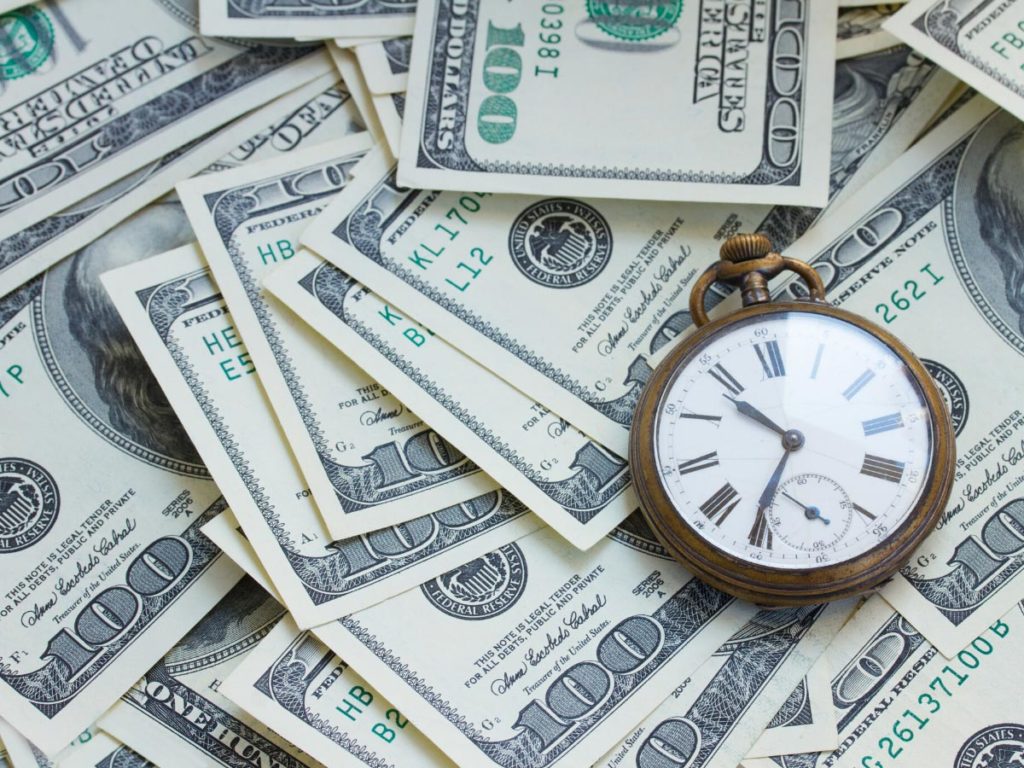Word Count: 672
Est. Read Time: 3 mins.
Time is the most precious element in our life. There is nothing we hate more than wasting our time on a useless task. For example, you may have already scrolled down to check how long this article is, and thought…do I have time for a 5-minute read?
But before you spend any more of your valuable time on this article, let’s try a quick game. Which of the following options do you believe would produce a higher result?
Option A: 8 x 5
Option B: 6 x 5
Just to be sure, take another second to review your answer.
If you answered Option B, you are correct! However, if you thought Option A would return a higher result, keep reading, and I will try my best to explain why 6 x 5 can produce greater results than 8 x 5.
At this point, you may be thinking my math is a bit off (which is debatable; I was never the brightest student in my class). But, what if I told you Bill Gates, Sweden, and Sanna Marin (Finland’s Prime Minister) also agree Option B gives you higher results?
Let’s break it down.
Your boss might be happy when they notice you are working extra hours in the office. In their mind, time equals money; therefore, extra hours should theoretically equal more money. Your boss thinks Option A returns higher results because working 8 hours a day involves more time than the 6 hours a day in Option B. Unfortunately, this is not always the case. Here is where the logic behind our game will begin to make more sense.

Those employees staying extra hours at work are not particularly the most efficient. If, when they stay longer, they end up checking social media and complaining with Meredith (who is sitting two desks down) about having to work extra hours, they are not really “working.” And, I think you will agree that it is hard to be productive if you are not working.
The typical American worker spends a significant amount of time in hour-long meetings, unplanned interruptions, switching between tasks, traveling, and checking emails—tasks that add little to no value to their job. Although they may be in the office 40 hours/week…the question is whether they are using those hours effectively. Simply arriving early in order to accomplish more hours, does not necessarily increase your efficiency. Nor does spending too much time on unnecessary tasks.
A study done by Adobe suggests that during an average work week, Americans spend around six hours a day checking email; a task that has been found to increase employees’ stress while reducing their focus capabilities (UC Irvine and U.S. Army researchers). Consequently, our 8 hours/day, 5 days/week schedule leads the average American worker to experience high levels of stress and relatively low productivity.
The truth is, being “present” at work does not guarantee productivity, focus, engagement, or results.
Maybe Bill Gates and the Prime Minister of Finland were on to something when they argued that a shortened work week could produce superior results. Shorter workday hours could eliminate the unproductive time at work, pushing employees to maximize their time and operate more efficiently. If implemented correctly, a 6-hour day would return a higher as much, if not more productivity than the traditional 8-hour model.
Although the Ford Motor Company set the trend of the 8-hour workday in 1926, Microsoft, among others, seems to be challenging that model. In 2019, Microsoft recently performed a project called the “Work-Life Choice Challenge.” This project consisted of reducing the weekly work hours of 2,300 employees from 40 to 30 hours without decreasing their pay. It was found that reduced work hours actually led to a 40% increase in productivity…along with an increase in meeting efficiency and employee happiness.
So, 6 x 5 can actually be greater than 8 x 5, less can equal more, and time does not always equal money.
Santiago Ambraggio, MBA Candidate
Snipes School of Business
Lenoir-Rhyne University